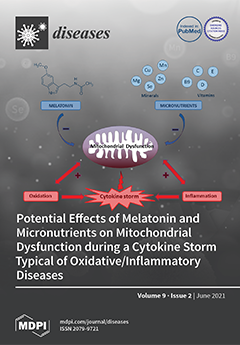Open AccessArticle
Alignment of Qx100/Qx200 Droplet Digital (Bio-Rad) and QuantStudio 3D (Thermofisher) Digital PCR for Quantification of BCR-ABL1 in Ph+ Chronic Myeloid Leukemia
by
Carmen Fava, Simona Bernardi, Enrico Marco Gottardi, Roberta Lorenzatti, Laura Galeotti, Francesco Ceccherini, Francesco Cordoni, Filomena Daraio, Emilia Giugliano, Aleksandar Jovanovski, Jessica Petiti, Marta Varotto, Davide Barberio, Giovanna Rege-Cambrin, Paola Berchialla, Veronica Sciannameo, Michele Malagola, Giuseppe Saglio and Domenico Russo
Cited by 12 | Viewed by 4578
Abstract
In recent years, the digital polymerase chain reaction has received increasing interest as it has emerged as a tool to provide more sensitive and accurate detection of minimal residual disease. In order to start the process of data alignment, we assessed the consistency
[...] Read more.
In recent years, the digital polymerase chain reaction has received increasing interest as it has emerged as a tool to provide more sensitive and accurate detection of minimal residual disease. In order to start the process of data alignment, we assessed the consistency of the BCR-ABL1 quantification results of the analysis of 16 RNA samples at different levels of disease. The results were obtained by two different laboratories that relied on The Qx100/Qx200 Droplet Digital PCR System (Bio-Rad) and Quant Studio 3D dPCR System (Thermofisher) platforms. We assessed the compatibility between the estimated values by linear regression, Bland–Altman bias-plot, and Mann–Whitney nonparametric test. The results confirmed the compatibility of the measures, allowing us tocompute an ‘alignment factor’ (AF), equal to 1.41, which was further validated by a different series of experiments. We conclude that the performed measurements by the two laboratories are comparable, and also equalized through the introduction of an alignment factor.
Full article
(This article belongs to the Section
Oncology)






